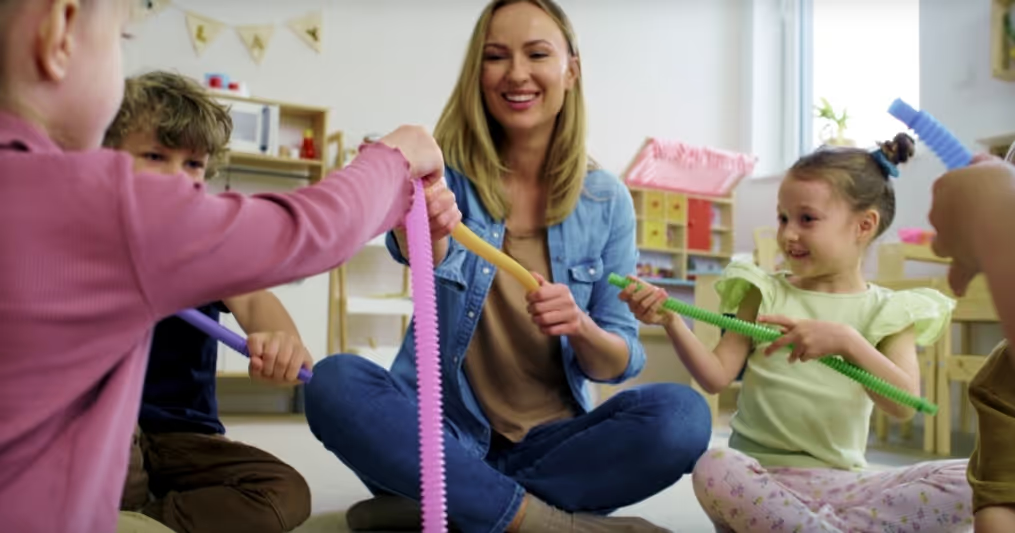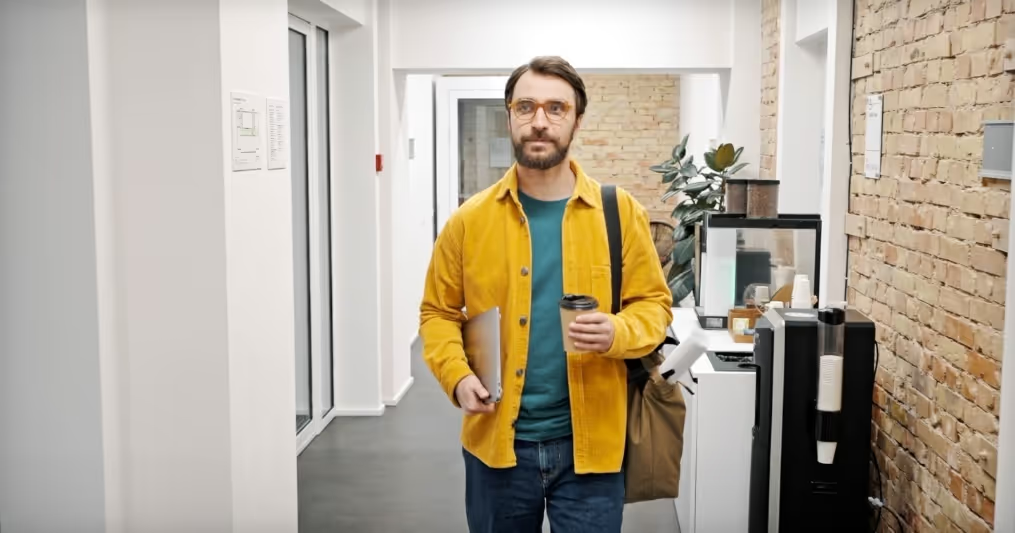Under the Aegis: The Power of Safe Relationships
When a child feels truly safe in a relationship, the difference can be life-changing. Guardian ad Litem Nikki McCarthy reflects on her journey from social work to attachment studies – and how that understanding now guides her practice with TIGALA.
Nikki’s path into attachment studies began with a simple but striking observation – the transformative effect of good relationships. During her years as a social worker, she saw again and again that children who felt secure and cared for were better able to thrive, even in challenging circumstances.
Her studies deepened this insight. Attachment, she explains, is more than theory – it’s the thread that connects a child’s early experiences with their capacity to trust, relate and recover from adversity.
“If a child has a good relationship that they feel safe and comfortable in, the difference it makes is phenomenal.”
When those early bonds are nurturing, they lay down the foundations for a lifetime of emotional stability. When they are fractured or unsafe, the effects reverberate across every aspect of a child’s development.
Navigating new attachments in care
For children entering care, the landscape of relationships changes dramatically. They may arrive with experiences of uncertainty or loss, and are then asked to form new bonds with foster carers or residential staff. Nikki recognises how demanding this can be for a young person whose trust has already been tested.
Understanding attachment helps her to see what lies beneath a child’s behaviour – the longing for safety, predictability, and connection. It also helps her guide carers and professionals in strengthening those vital relational bridges.
Bringing attachment thinking into practice
In her work as a Guardian ad Litem, Nikki draws on attachment principles not as a checklist, but as a lens for empathy and clarity. She focuses on building relationships that feel safe and consistent, modelling the reliability that many children in care have missed.
She also uses attachment thinking when assessing family and placement dynamics: what relationships shaped this child? What difficulties have marked them? And what can be done to bolster the connections that now surround them?
A foundation for advocacy
For Nikki, attachment isn’t a standalone theory – it’s a way of seeing a single piece of the puzzle when it comes to a child's wellbeing. It's a framework which reminds us that advocacy for children in care begins not with paperwork or procedure, but with relationship.
Through this lens, every Guardian ad Litem’s work becomes part of a larger act of repair: helping each child rebuild a sense of safety and belonging, one steady relationship at a time.






